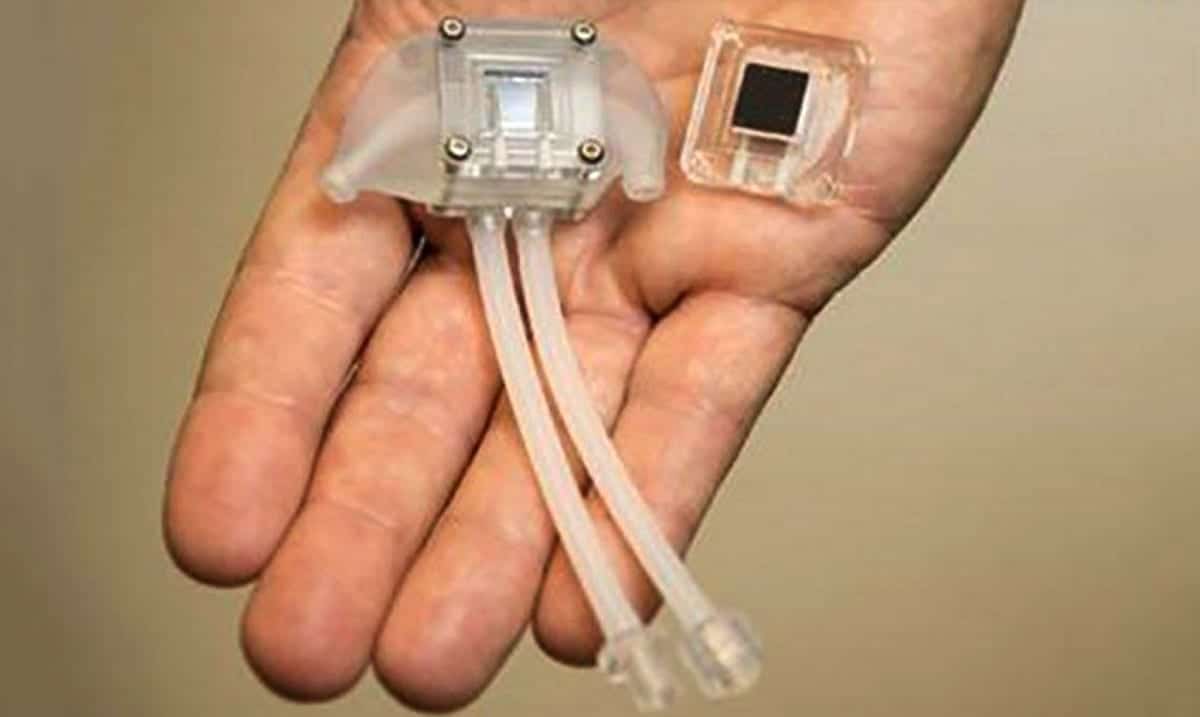While we’re not quite where we want to be just yet, technology is advancing rapidly and for several years now we’ve been hearing about artificial kidneys. Sure, they might sound insane but if made properly and proved through testing they could change the future in a lot of ways.
There are tons of people all across the globe waiting for organs, many of those which would be kidneys. A lot of people wait far longer than they should for a kidney and many lose their lives waiting. That being said, back in 2018 the artificial kidney came much closer to reality than most might even be aware of. You see for a while now researchers have been working on making something that could be used to replace a kidney.
The project on this is known as The Kidney Project and its one that has a serious goal. Through creating artificial kidney dialysis for this kind of thing would no longer be as widely needed and someday could even end up being eliminated. I know, it sounds crazy but stick with me.
Healthline wrote as follows a couple of years back on all of this:
Roy leads The Kidney Project, a national research initiative centered on development and testing of a surgically implanted, freestanding bioartificial kidney that performs “the vast majority of the filtration, balancing, and other biological functions of the natural kidney.”
Powered by the body’s own blood pressure, the device does not require the external tubes or tethers associated with wearable artificial kidneys, such as that invented by Victor Gura of Cedars-Sinai Medical Center in Los Angeles. That device was tested on seven dialysis patients at the University of Washington Medical Center in Seattle in 2015.
The two-part implanted artificial kidney incorporates recent developments in silicon nanotechnology, which makes it possible to mass-produce reliable, robust, and compact filtering membranes.
The technology also has novel molecular coatings that protect the silicon membranes and make them blood-compatible.
“A hemofilter module processes incoming blood to create a watery ultrafiltrate that contains dissolved toxins as well as sugars and salts,” explained Roy. “Second, a bioreactor of kidney cells processes the ultrafiltrate and sends the sugars and salts back into the blood. In the process, water is also reabsorbed back into the body, concentrating the ultrafiltrate into ‘urine,’ which will be directed to the bladder for excretion.”
Patients with the implant may still be required to take hormonal supplements, however, as they currently do on dialysis, said Roy.
While now testing a full version of this kidney replacement of sorts is still years off according to ABC 7, the technology associated could begin changing lives soon. A system called iHemo at the moment may be able to kick things off as it can be used to filtrate things more properly allowing those who need dialysis to move on from it a bit. For this those with kidney issues would merely need a small filtration device to be implanted into their bodies.
ABC 7 wrote as follows going over this concept:
Instead of pumping a patient’s blood out into a dialysis machine, the iHemo system channels a cleansing agent in through a surgically implanted port where it draws out toxins through a membrane using a process called diffusion.
No needles, no blood loss, and the potential for patients to clean their blood more often with significant health benefits.
“And you’re able to do this from the convenience of your own home. So from the patient perspective it fundamentally simplifies the process of hemodialysis,” Roy said.
He also believes i-Hemo could have major advantages over home-dialysis systems currently available, envisioning a portable device giving patients far more freedom. The concept just received a major boost, winning a $500,000 prize from the KidneyX awards, backed by the Department of Health and Human Services. The funding will be used to validate animal models and scale the system up for potential human trials.
To see more on this concept as a whole and the artificial kidney as it is being worked on take a look at the video below. Someday this will be a reality for those in need. Isn’t it fascinating?

